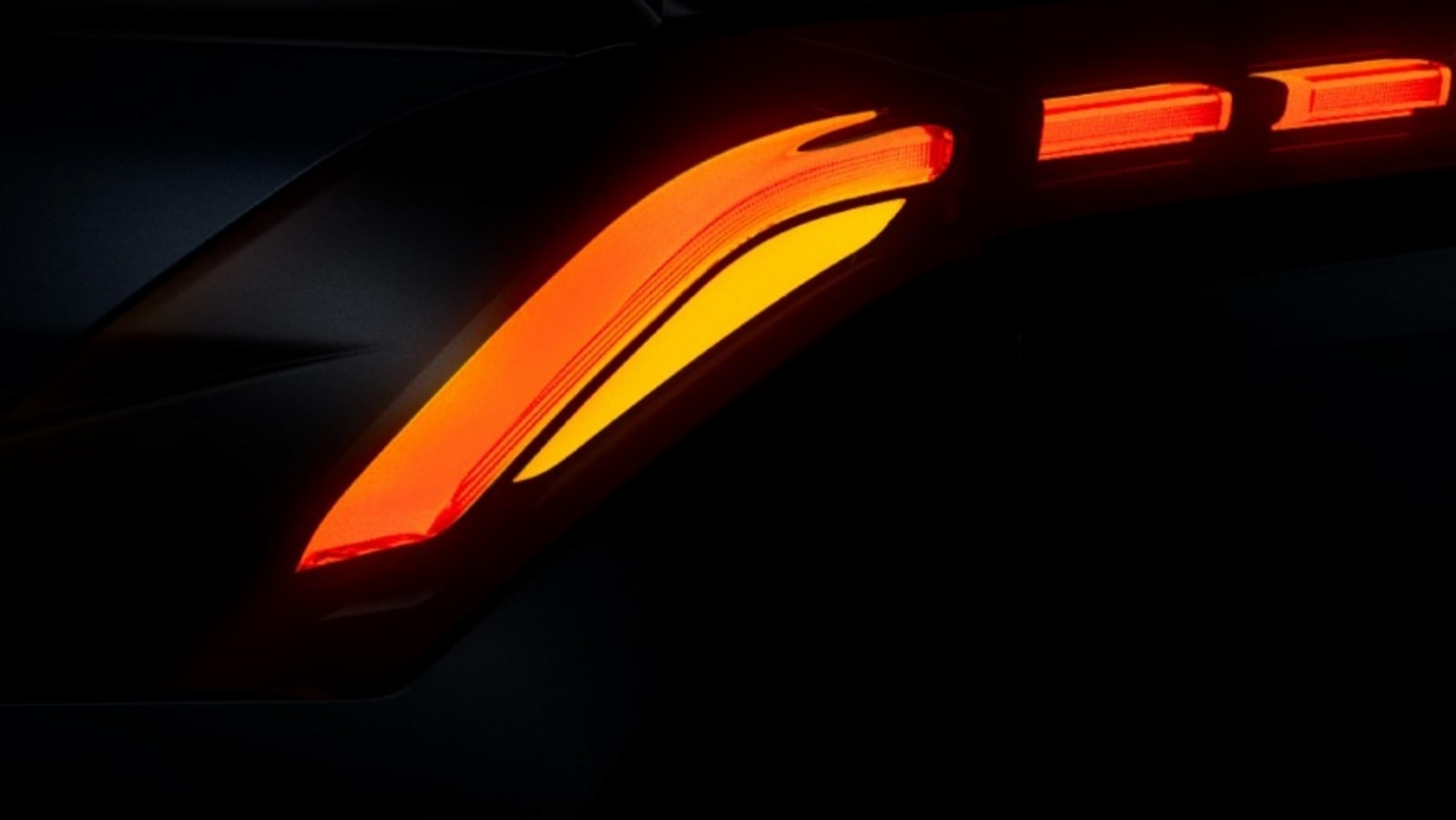The Lamborghini Temerario GT3 ditches the hybrid system for turbocharged 4.0-litre V8 engine producing 550 bho intead of the 800 bhp in the Temerario
View Personalised Offers on
Lamborghini has officially introduced the Temerario GT3, a racing version of its latest road-going supercar. The new GT3-spec machine is the first competition car based on the Temerario platform and will compete in international GT3 series starting from 2026.
Unlike its predecessor, the Huracán GT3, the Temerario GT3 was developed from the outset with motorsport adaptation in mind, with the entire design, engineering, and assembly process handled in-house at the company’s facility in Sant’Agata Bolognese.
No hybrid, simplified chassis
Due to GT3 racing regulations, the hybrid system from the road car has been removed. This prompted significant changes to the chassis, which is now a simplified version of the aluminum spaceframe used in the production model. A new removable rear subframe provides space for the race gearbox and enables quicker service during races. The front subframe has also been redesigned, removing components associated with electric motors.
Also Read : Lamborghini Urus EV delayed, plug-in hybrid to take the lead until 2029
A roll cage built into the main frame guarantees FIA safety standards compliance, while overall chassis design has been aimed at ease of access and structural strength throughout endurance racing.
Revised V8 for GT3 rules
The race car is powered by a modified version of the road-going twin-turbocharged 4.0-litre V8 engine, now producing around 550 bhp—a drop from the 800 bhp seen in the standard version. The engine features smaller turbochargers, a redesigned airbox, titanium connecting rods, and recalibrated software to deliver a more usable power band suited to endurance racing formats.
It’s paired with a six-speed transverse gearbox, and Lamborghini has developed a dedicated race exhaust system for the car. The absence of hybrid hardware has shifted demands to the combustion engine’s thermal management, addressed by improved airflow and cooling system designs.
Also Read : Lamborghini backs synthetic fuels to keep combustion engines alive beyond 2035
Bodywork focused on repairability and cooling
The carbon composite body panels have been designed with modularity. The front and rear are one-piece units, but the floor is divided into four pieces to make them easier to replace more quickly. Body design has features to control airflow for brake, radiator, and turbocharger cooling, yet retain a visual connection to the production model.
Changes also include a higher fuel flow refuelling system, an updated fuel tank sensor, and aerodynamic tweaks to maintain balance under braking and through cornering phases.
Suspension, wheels, and interior adjustments
The Temerario GT3 rides on 18-inch wheels from Ronal AG and features a longer wheelbase and wider track than the previous Huracán GT3. The suspension system employs six-way adjustable dampers from KW, with simplified mounting solutions for quick setup changes over the course of race weekends.
Inside, the cockpit configuration has been modified according to feedback from Lamborghini factory drivers, with a new steering wheel design, new switchgear, and a revised data logging system All controls have been repositioned for ease of access during long stints and night driving.
Race debut in 2026
The Temerario GT3 is still in testing and is set to see its competitive debut at the 12 Hours of Sebring in March of 2026. Lamborghini has also assured that it will continue to support current Huracán GT3 teams throughout the transition to this new platform. The Temerario GT3 has been built to meet global GT3 regulations and include different tyre manufacturers utilized within various series.
Check out Upcoming Cars in India 2025, Best SUVs in India.
First Published Date: 13 Jul 2025, 09:30 am IST




